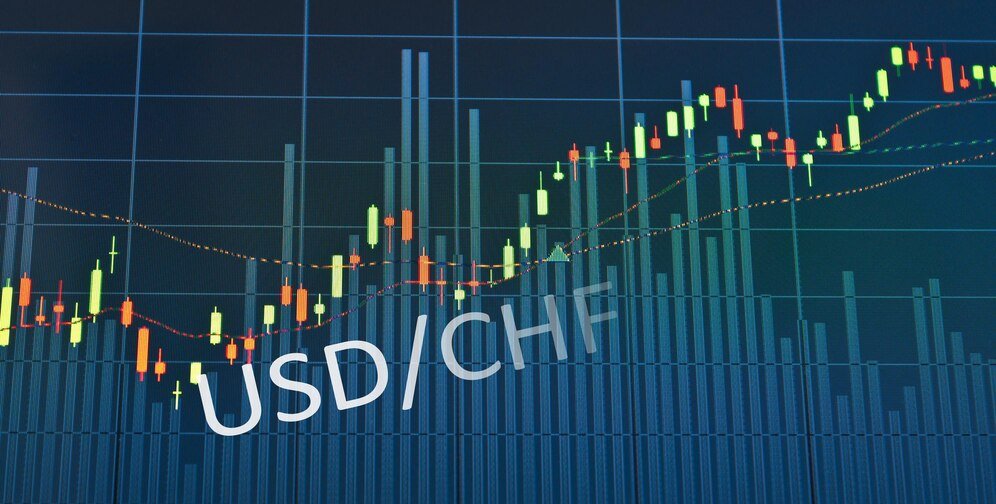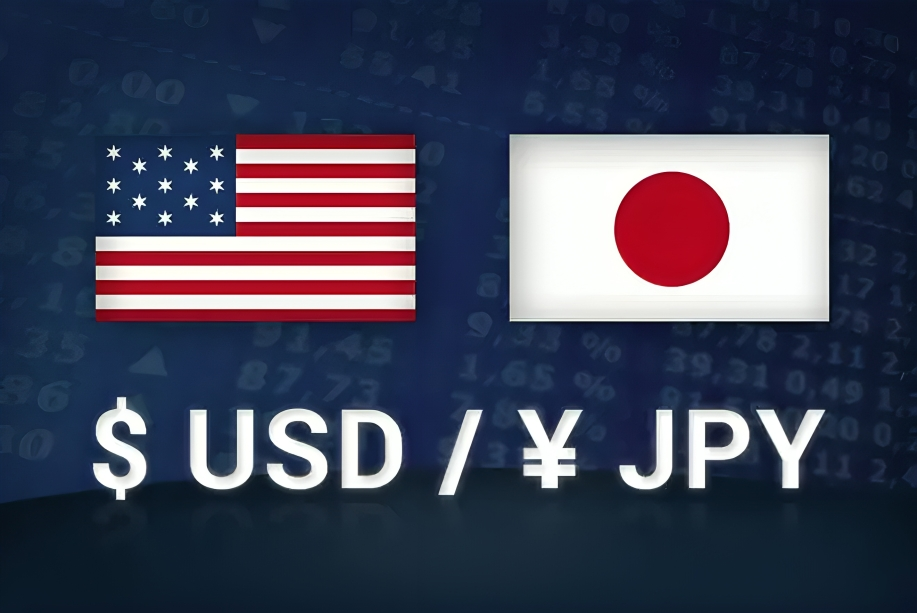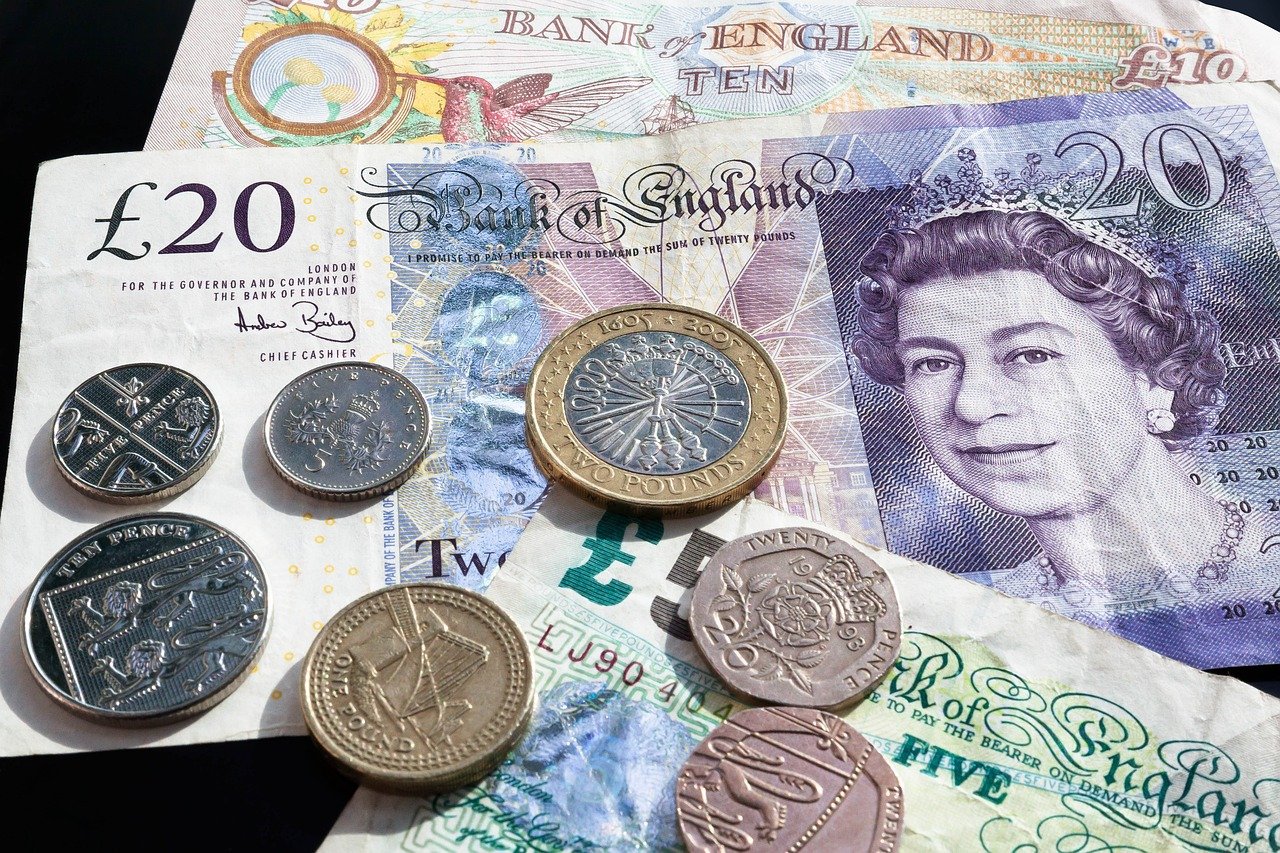The USD/CHF currency pair increased above 0.9050 and rebounded to 0.9070 early in European trading on Wednesday following a generally positive US Dollar as former President Donald Trump floated the idea of tariffs. Mr. Trump called for 25% duties on trading partners such as Canada, Mexico, China, and the EU due to economic and geopolitical reasons. Analysts suggest these actions could elevate inflation, reducing the likelihood of multiple Federal Reserve rate cuts this year, further supporting the USD. Meanwhile, geopolitical tensions, such as the Russia-Ukraine conflict and Israel-Hamas developments, have boosted safe-haven flows, potentially benefiting the Swiss Franc. However, the Swiss National Bank’s dovish stance, with rates at 0.5%, continues to weigh on the CHF, presenting a mixed outlook for the USD/CHF pair.
KEY LOOKOUTS
• Potential 25% duties on key trading partners could bolster USD strength and impact global trade dynamics.
• Inflation risks might reduce the likelihood of multiple rate cuts in 2025, further supporting the USD.
• Continued dovish stance, with interest rates at 0.5%, could weigh on the CHF despite safe-haven flows.
• Ongoing Russia-Ukraine conflict and developments in the Israel-Hamas ceasefire talks remain crucial for safe-haven currency dynamics.
The USD/CHF pair regained strength, climbing above 0.9050 and reaching 0.9070 during early European trading, fueled by a stronger US Dollar following former President Trump’s tariff announcements. Proposals for 25% duties on trading partners, including China, Mexico, and the EU, raised concerns over inflationary pressures, potentially limiting the Federal Reserve’s rate cuts this year and boosting USD demand. Meanwhile, the Swiss Franc faces mixed influences as geopolitical tensions, such as the Russia-Ukraine conflict and Israel-Hamas negotiations, support safe-haven flows, while the Swiss National Bank’s dovish stance, with rates at 0.5%, continues to weigh on the currency. This complex interplay of global trade policies, central bank strategies, and geopolitical developments will remain key to the USD/CHF outlook.
The USD/CHF pair rebounded above 0.9050, driven by USD strength following Trump’s tariff proposals on key trading partners. Geopolitical tensions boost safe-haven flows, while SNB’s dovish stance weighs on CHF.
• The pair rebounded above 0.9050, reaching 0.9070 during early European trading hours.
• Announcements of 25% duties on trading partners like China, Mexico, and the EU boosted the US Dollar.
• Potential tariffs could drive inflation, reducing the likelihood of multiple Federal Reserve rate cuts in 2025.
• SNB’s dovish stance, maintaining rates at 0.5%, continues to weigh on the Swiss Franc.
• Conflicts like Russia-Ukraine and Israel-Hamas influence safe-haven flows, supporting the CHF.
• A tug-of-war between safe-haven demand for CHF and USD strength due to tariff expectations shapes the pair’s movement.
• Investors are closely watching global trade developments, central bank policies, and geopolitical issues to gauge USD/CHF trends.
The USD/CHF pair climbed above 0.9050 and reached 0.9070 during early European trading hours, recovering from a two-day losing streak. This rebound was fueled by a stronger US Dollar following former President Donald Trump’s announcement of potential tariffs on key trading partners, including China, Mexico, and the European Union. The proposed 25% duties by Trump are expected to start from as early as February, with inflationary concerns. Analysts believe that the Federal Reserve will then reduce the rate cuts anticipated for 2025 and support the USD further. Such trade policies indicate the impact they have on currency markets worldwide as the USD keeps gaining strength.
USD/CHF Daily Price Chart.

Source: TradingView Prepared By ELLYANA
Meanwhile, the Swiss Franc faces a complex set of influences. On one hand, geopolitical tensions, such as the Russia-Ukraine conflict and Israel-Hamas ceasefire negotiations, have increased safe-haven demand, supporting the CHF. On the other hand, the Swiss National Bank’s dovish stance, maintaining rates at 0.5%, continues to weigh on the currency. This divergence creates a mixed outlook for USD/CHF, as global trade uncertainties and monetary policies play critical roles. Investors will closely monitor geopolitical events and central bank decisions to understand the pair’s future direction.
TECHNICAL ANALYSIS
From a technical analysis point of view, the USD/CHF pair’s recovery to 0.9070 may indicate a breakout from its recent consolidation phase. Key resistance levels lie at 0.9100, which, if broken, could indicate further bullish momentum towards 0.9150. On the downside, immediate support is observed near 0.9050, with a stronger floor at 0.9020. The Relative Strength Index (RSI) indicates neutral momentum, suggesting room for further upward movement if buying pressure persists. Additionally, the pair is trading above its 50-day moving average, reinforcing the bullish sentiment in the short term. However, any reversal below key support levels may shift the focus back to the bearish zone.
FORECAST
The USD/CHF pair has shown signs of recovery, with the potential for further upside if the US Dollar maintains its strength. Positive sentiment surrounding Trump’s tariff plans, coupled with expectations of limited Federal Reserve rate cuts, could support the USD. If the pair sustains momentum above the 0.9070 level, the next resistance at 0.9100 may come into focus, followed by a potential move toward 0.9150. Other bullish catalysts include better US economic data or increased inflation expectations, which may solidify the Federal Reserve’s less dovish position and strengthen the pair.
On the other hand, downside risks to the USD/CHF pair still exist because of the safe-haven appeal of the Swiss Franc. Geopolitical tensions, such as the Russia-Ukraine conflict and Israel-Hamas negotiations, could increase demand for the CHF. If the pair fails to hold above the 0.9050 support, it may slide toward 0.9020 or lower, with a breach opening the door to further losses. Moreover, any unexpected dovish shift in US monetary policy or better-than-expected Swiss economic data could add downward pressure to the pair, reversing its recent gains.







